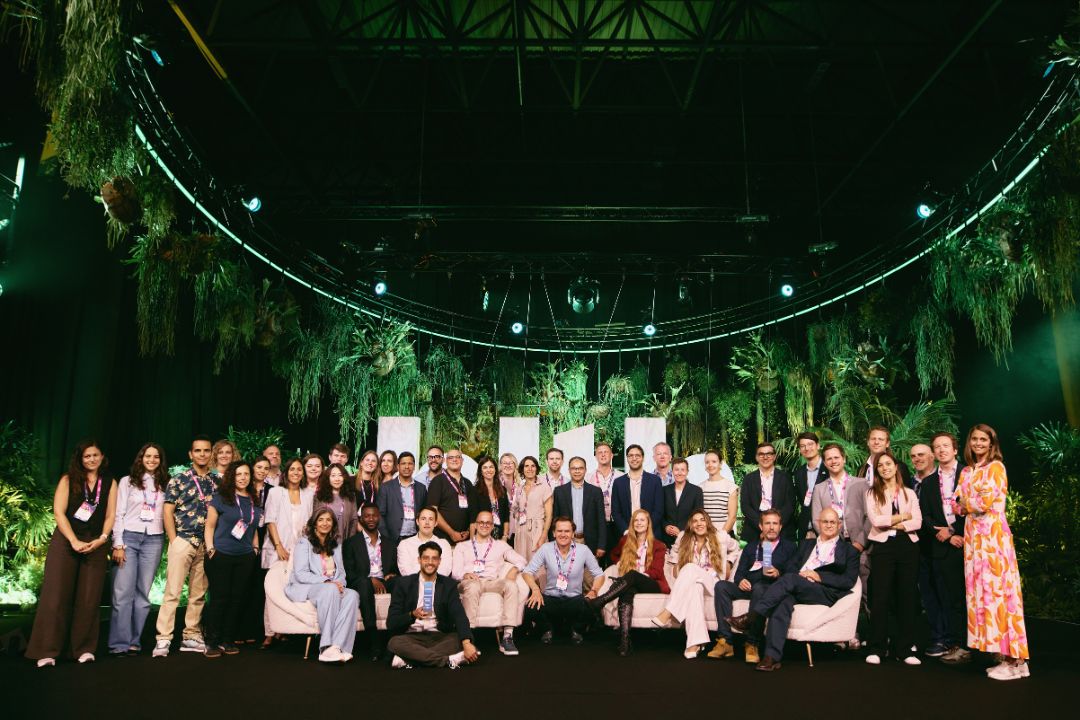8th July 2020
The complexity and sheer breadth of Value-Based Healthcare as a healthcare model and system framework is a challenge itself. Yet, it provides a never-seen-before common ground for all healthcare stakeholders, where ideas and solutions converge. Nevertheless, there is a lot to be done and learned, as the journey towards true, common Value-Based Healthcare (VBHC) model has only just begun.
The above introduction is a key takeaway from the “Value-Based Healthcare – is there another way?” discussion held in Poland on June 25, during Health Challenges Congress in Poland. The panel discussion, hosted by Mikołaj Gurdała, EIT Health InnoStars Manager, was an attempt to structure the range of topics regarding Value-Based Healthcare, and educate audiences by creating an understanding of fundamentals of the VBHC model. The debate referred to the EIT Health new report “Implementing Value-based health care. Handbook for Pioneers” and the implementation matrix.
Challenges ahead
One of the key issues identified during the online discussion was the lack of a clear definition of what VHBC is, as well as the paucity of standardized health outcome data and health data management policies. Also, measurement was identified as a pressing issue. – Benchmarking of any given solution or health outcome remains an extremely complex matter across varied countries, models and policies. It is quite challenging to measure not only benefits for patients and health outcomes, but also to measure and compare resources utilizations – pointed out EIT Health’s Mikołaj Gurdała.
As it turned out, even such a common-sense based notion as patient well-being, which is one of the factors to be monitored in the VHBC systems, may not always be clearly defined. – In some scenarios, a well-treated patient will not feel well, for instance, following successful kidney dialysis. Same applies to other medical areas, diabetology for one. How to measure health outcome and patient well-being in particular – this remains, for now, a challenge. A lot of variables remain location-, diagnosis- and treatment specific – commented Mr Tomasz Prystacki, CEO of Fresenius Nephricare Poland, one of the panellists.
There was a range of pressing issues identified with regard to VBHC: data management and patient privacy, regulatory issues, measuring costs and overall financial effectiveness, prioritization of objectives as well as limitations, such as untapped information resources, lack of effective knowledge sharing, and lack of competence to transform data into actionable insights. An online poll run among the audience watching the discussion identified lack of measurement tools as a key limitation for implementation of the VBHC models (other factors were: dedicated personnel, data access, regulatory and policing matters). As far as limitations and obstacles go, the list went on and on.
Optimistic about the VBHC future
Yet despite that, there was an optimistic vibe to the discussion. All participants agreed, looking somewhat intrigued at each other during what was effectively a quality conference call, that VBHC provides a never-seen-before opportunity for such a varied and broad range of healthcare stakeholders, to exchange ideas and see healthcare providers, commercial businesses, academics and researchers as well as market regulators and authorities to be able to identify a common goal.
“Ultimately, this common goal is the health outcome for the patient. This goal stands on top of the VBHC hierarchy. Yet, it is compatible with all other goals, such as cost-effectiveness, optimal resource utilization, knowledge sharing, and others. These are all goals which are closely tied together and synchronized. They are not the same, that’s for sure. And yet, they don’t rule each other out. For example, one cannot say that the cost is more important than the patient’s well-being or vice versa. This is all connected” – reflects EIT Health’s Mikołaj Gurdała.
“No matter who we are: medical equipment makers, service providers, academics, clinicians, healthcare professionals, funding allocators, we share the very same point of view. VBHC allows all stakeholders to see this system holistically, if you will. There is a great value in the very ability to talk and exchange views using VBHC as a common ground” commented Małgorzata Gałązka-Sobotka, director, Healthcare Management, Łazarski University.
The panel discussion participants were:
- Mikołaj Gurdała, Manager, EIT Health InnoStars
- Dariusz Dziełak, Director, Strategy and Analysis Department, Polish National Health Fund
- Adam Jagoda, General Director, Medtronic Poland
- Krzysztof Kopeć, Chairman, Polish Association of Pharmaceutical Industry Employers
- Tomasz Prystacki, CEO of Fresenius Nephricare Poland
- Roman Topór-Mądry, Chairman, Agency for Medical Technologies Verification and Tariffication
- Małgorzata Gałązka-Sobotka, Head of Healthcare Management Institute, Łazarski University
EIT Health InnoStars was an official Partner of Health Challenges Congress 2020.
New data shows AI innovation needs skills beyond coding

The largest live dataset of AI start-up talent analysed.
Europe's top health start-ups take centre stage: EIT Health Catapult winners are revealed at HLTH Europe

2025 Catapult programme winners announced.
Finding Europe’s next healthtech leaders: Insights from Antoine D’Hollander

Insights from Antoine D’Hollander, Capricorn Partners.